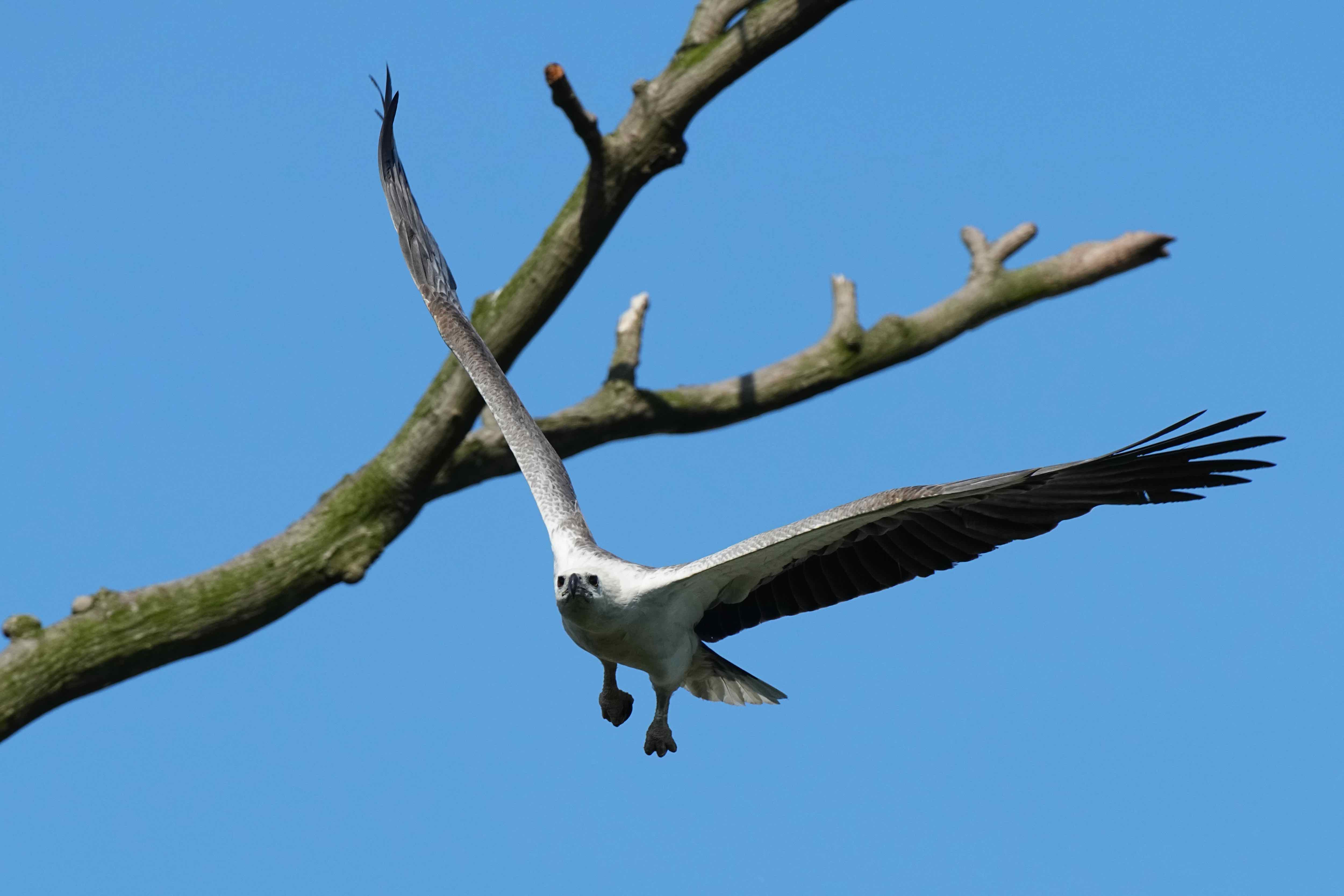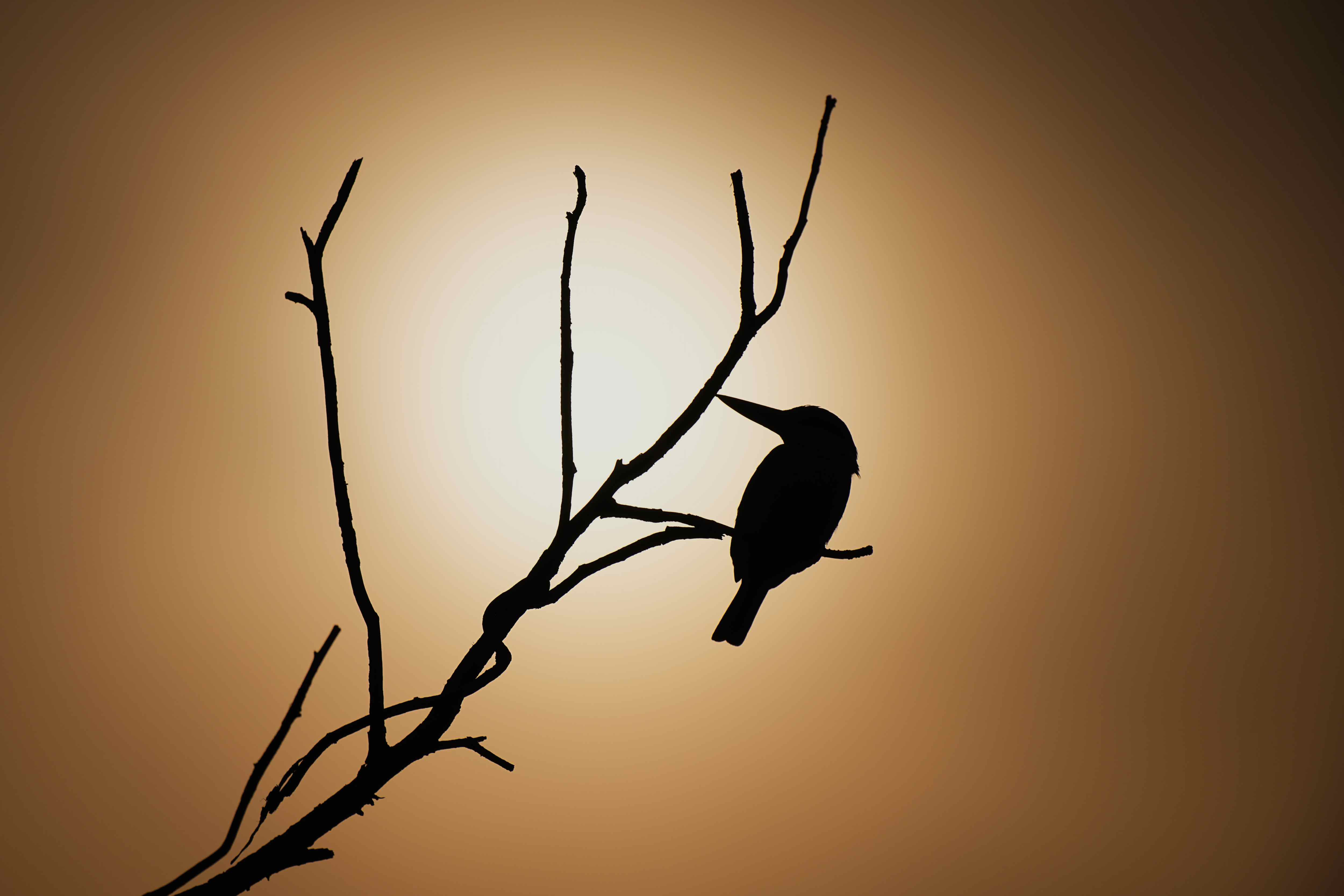The Birding Journey

Set up: A1 with battery grip, GM600 with TC1.4x, raised dot sight,
Manfrotto MT190CX3PRO with Gitzo gimbal GHFG1, Lenscoat lens cover
Photo taken by A7R4, f5.6 1/250. Loxia 35/2 Distagon T*, ISO 200, 16 Sept 2022
To talk about this lens is to talk about my birding journey :)
My birding journey actually started way back around 1998 or earlier, with a very budget East Germany 500mm f5.6 Pentacon lens, manual focus and originally designed for medium format Pentacon bodies. Later around 2008 I tried the West Germany Rollei Zeiss 500mm f5.6 for Rolleiflex SL66 medium format. I also tried a 1000mm f10 Russian Mirror lens. All these being manual focus and large and heavy (although the Russian 1000mm is light enough), and also those film years where photos were already grainy at ISO 400, and me not being skilful enough, so not much success on the photos hahaha.
Not until I started to use Sony A7R1 digital full frame mirror less, I finally see some hope in bird photography with digital camera and good quality photos at high ISO settings. I bought a Nikkor 600mm f5.6 manual focus, but since this lens was designed for bird photography with much handy internal focusing design, birding photography was then easier for me.
Then comes the modern digital AF birding era where bird perched shots are no longer the fashion, and now is about bird in flight, bird in action, food in mouth, kingfisher dashing into water kind of stuff. And all these photography you are very unlikely to do well with manual focus. So I ventured into GM 100-400/4.5-5.6, and later G 200-600/5.6-6.3.

With 3D printed third party hood
A7R4, f5.6 1/160 45/2.8 Tessar T*, ISO 100, 7 Jun 2023
I started AF bird photography with the A7R1. But the continuous AF and tracking technology for this body is just too slow for action bird photography, so I used an A7R2, better, but tracking still a big issue. So I tried a very budget friendly A6400, and proves to be very good when paired with FE 200600 for almost all bird photography, and is really a very value for money set up. But of course with this budget you cannot expect wonders. The A6400/FE200600 issues will be buffer full for long continuous shots, and not so high successfully rate for difficult BIF photos. Later when my A7R2 knocked out, I bought an A7R4 for high resolution photography, only to my surprise that, for me, the R4 continuous AF is on par with the A6400, but since I shoot compressed RAW and high res JPG simultaneously, I am much better off shooting the R4 in APS-C mode to minimise buffer full issues.

A7R4, f5.6 1/250. Loxia 35/2 Distagon T*, ISO 160, 16 Sept 2022
The game changes when I finally decided to go for an A1, but that beast is a lot of money. Firstly R4 is not really a wild life camera in the first place. But I am very happy with it, only that I did not use a TC1.4 with it because of its low light AF accuracy and general AF processing speed. Once I switch to A1, immediately the FE200600 lens transforms. The photos become much better with good successful rate because A1 AF technology and speed are so good it really makes this Sony budget wildlife lens shines. And with A1 I can now permanently mount the TC1.4 with the FE200600, shoot at full frame, in compressed RAW and highest res jpg, and still fast and no buffer issues :) After using A1, I do believe A9, which is at a much better budget when bought used, should do the job. But I am a megapixel monster, so will still prefer the A1. The added advantage will then be the ability to crop and retain photo quality due to the extra megapixels.
And so after confirming hardware can solve the BIF issues and not totally the photographer fault, I start to look at the G Master 600mm f4. The day when I brought the lens home I was a little bit regret. The lens was 1kg heavier than the FE200600 as I thought, it was so much bigger although the length with hood kept was about the same as the FE200600 with the hood attached. Then everything else needed to be adjusted. The camera bag, the dot sight, the gimbal. But luckily after a few field trips, I am getting used to the new set up and are very happy with it. The GM600 loses some flexibility of the 200600, but the added speed helps improves picture quality for the same photography situations, and of course after paying so much, also an overall improve in image quality due to the lens design.
So, from now onwards, the GM600, with the TC 1.4x, is permanently mounted on the A1 :) I bought a Lowepro Lens Trekker 600 MkIII, so the set up, with the Dot sight with raised height, can be put into the bad as a set. Also I bought a third party snap on lens cap to replace the original lens cover for more convenient field operation. As for the lens coat, after tried a few brands, I prefer the Lenscoat quality and fit, although the brand is more expensive than others.

Osprey, Eagle Point, 1 Dec 2022
A1, f8 1/3200. ISO 2000, GM600. TC1.4x, MT190CXPRO3/GHFG1

White-bellied Sea Eagle, Woodlands Road, 13 May 2023
f8 1/2500. ISO 800, GM600. TC1.4x, MT190CXPRO3/GHFG1

African Tulip Tree, Diary Farm Nature Park
f8 1/1600. ISO 800, TC 1.4x, 22 Mar 2023

Admiralty Park, Sungei Cina, 10 Apr 2023
f11 1/800. ISO 800, GM600 TC1.4x, MT190CXPRO3/GHFG1

f11 1/500. ISO 1000, GM600 TC1.4x, Woodlands Waterfront, 22 Dec 2023

Collared Kingfisher, Woodlands Waterfront, 16 Apr 2023
A1, f8 1/6400. ISO 100, GM600 TC1.4x, MT190CXPRO3/GHFG1

Sunset at Woodlands Waterfront, 12 Jun 2023
A1, f5.6 1/1000. ISO 1250, GM600 TC1.4x, MT190CXPRO3/GHFG1

Sunset at Woodlands Waterfront, 22 May 2023
A1, f8 1/1000. ISO 100, GM600 TC1.4x, MT190CXPRO3/GHFG1

Utility Boat, back ground JB-Singapore Rail Construction JB side, 20 Oct 2023
A1, f8 1/3200. ISO 800, GM600 TC1.4x, MT190CXPRO3/GHFG1

The Red-winged Starling very interested with my dot sight. :D.
iPhone Xs 30 Jun 2023
 A7R4, f5.6 1/125 ISO 250, Loxia 35/2 Distagon T*, 31 July 2023
A7R4, f5.6 1/125 ISO 250, Loxia 35/2 Distagon T*, 31 July 2023
